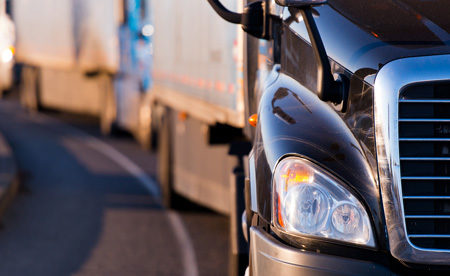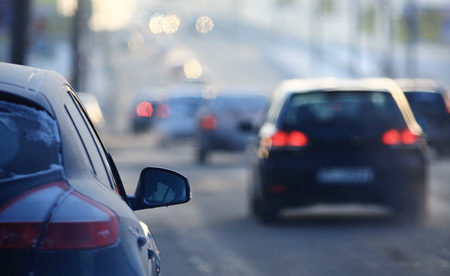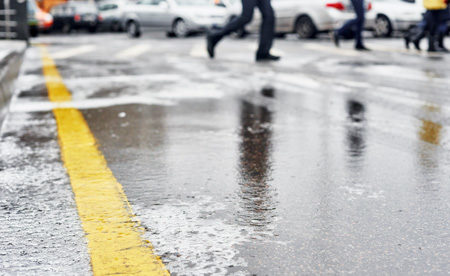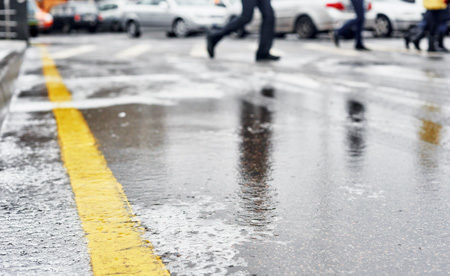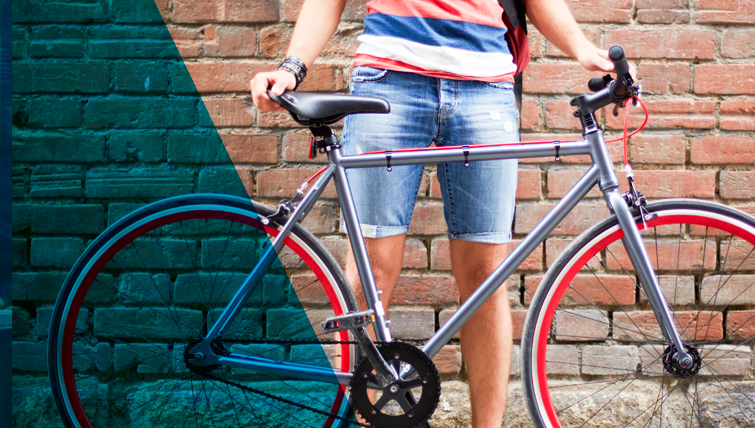Some thought it would never happen, but spring is finally arriving. And being in Indianapolis, this means the roads and trails will once again be populated with bicyclists.
Just like pedestrians and motorcyclists, bicyclists have an equal right to the roadways in Indiana. Of course there are different risks to operating a bicycle due to simple physics—cars provide much more protection than a bicycle. Cyclists need to be aware of this truth and take sufficient precaution.
Even when a cyclist rides as carefully as possible, collisions still occur. And the cyclist has a right to recover from another person who was not as careful as they should have been.
So what do you do if you’re a cyclist and you’ve just been in a collision?
Call the police department
If the other party to the collision is at fault and suggests not calling the police, politely disregard their request and go ahead with the call.
You will need to file an appropriate report with the police department. If you do not know the local non-emergency number, go ahead and call 911—they’ll be more than happy to redirect your call.
Answer honestly with regard to any injuries. They are usually assessing if injuries are life threatening and will send an ambulance unless the caller is positive that there are no injuries. If you feel any pain or bleeding, don’t be afraid to state such.
Take photos with your phone if you are able
If you have the means at the scene, take a few pictures of the collision, e.g., the location and condition of both vehicles, the intersection, etc. Yes, it may seem that you are preparing for a case from the moment it happens, but don’t worry. These days with cell phone cameras, everyone takes pictures of everything. Surprisingly, taking a selfie may actually be appropriate here.
Accurately describe any injuries
If/when an ambulance arrives, accurately report any symptoms. If you have symptoms, we recommend you go by ambulance to the hospital to be checked. The logic is simple: it’s better to not be seriously injured and get checked out, than to be seriously injured and not be checked out.
Numerous factors, including shock, can cloud your ability to make accurate assessments of yourself, so we recommend erring on the side of caution, and being checked by a doctor.
Do not talk to anyone but the police
Do not converse with anyone other than the police and medical personnel until you have talked to a personal injury lawyer. Specifically, do not converse with the insurance company for the other party.
A personal injury lawyer can analyze your situation and help you determine if you need a lawyer. It is best, no matter the facts of your incident, to consult with a personal injury lawyer to determine if the facts of your particular incident make a case.
Proper insurance if the cyclist is in the wrong, damaging your car
As you can imagine, these incidents do not happen often. However, we suggest consulting with your insurance agent on this, and many other issues, to make certain you are covered for this kind of event.
Policies vary, but if the cyclist does not have insurance, typically your uninsured motorists insurance will be applied towards the damages.
Accident with a pedestrian
Colliding with a pedestrian, depending on where it occurs, is no different from colliding with a motor vehicle—although the analysis of the situation is most likely slightly different:
If the cyclist is at fault: see the above section on carrying proper insurance.
If the pedestrian is at fault and there is injury to the cyclist: follow the same steps above (although this is probably not a common occurrence).
It’s important to stay aware of your surroundings and stay as safe as possible when you ride. If you do get in an accident, take the appropriate steps no matter what your initial assessment of your injuries is.
For more information on riding safely, visit IndyCog to stay in the know.

